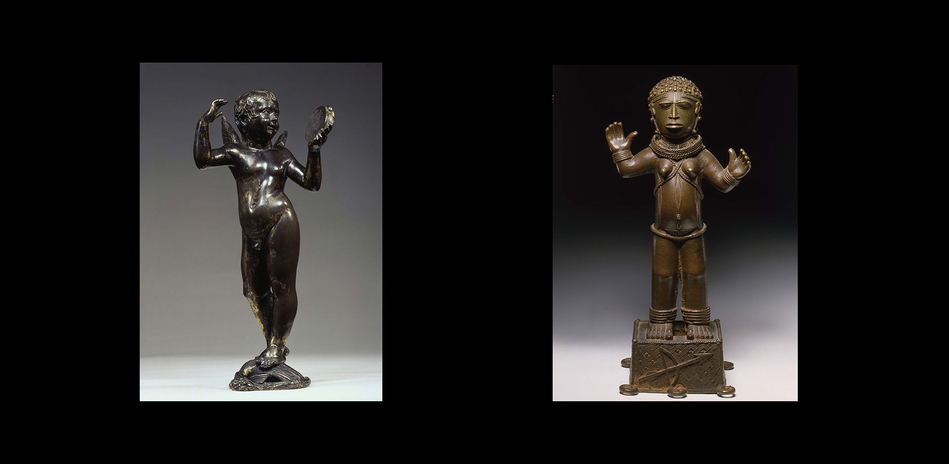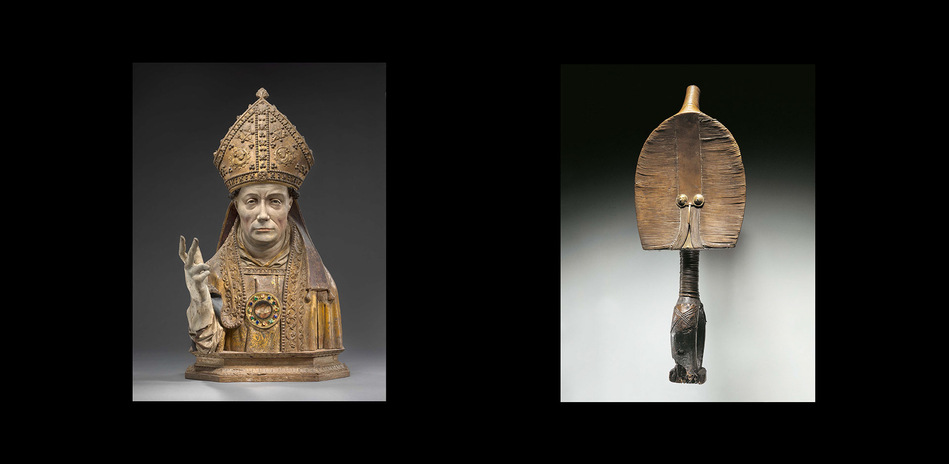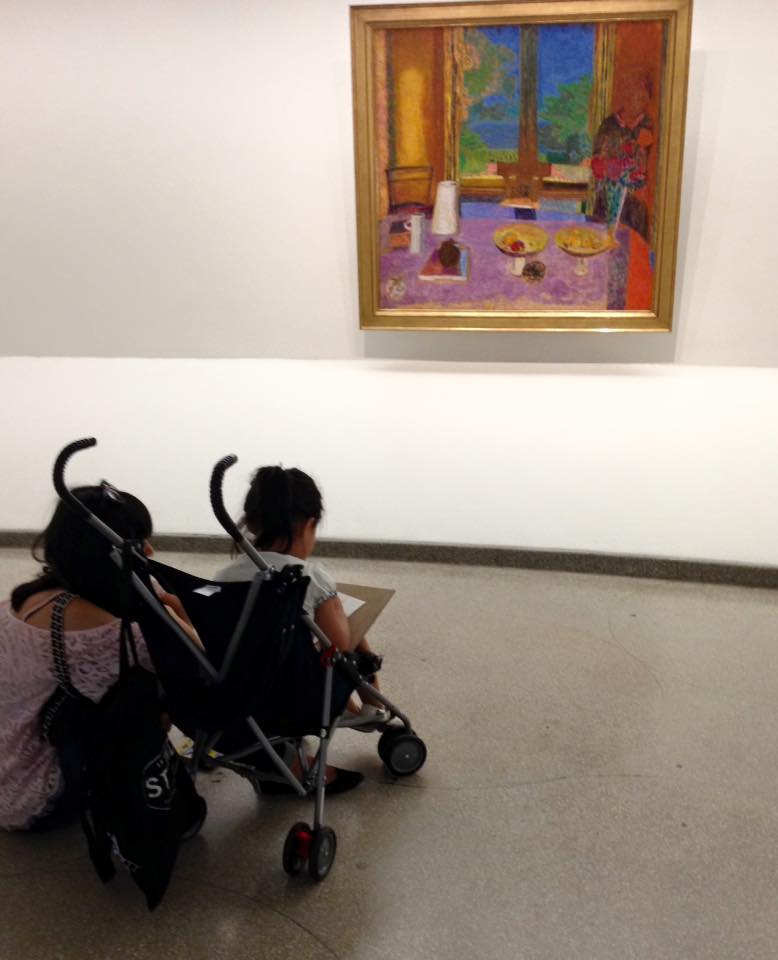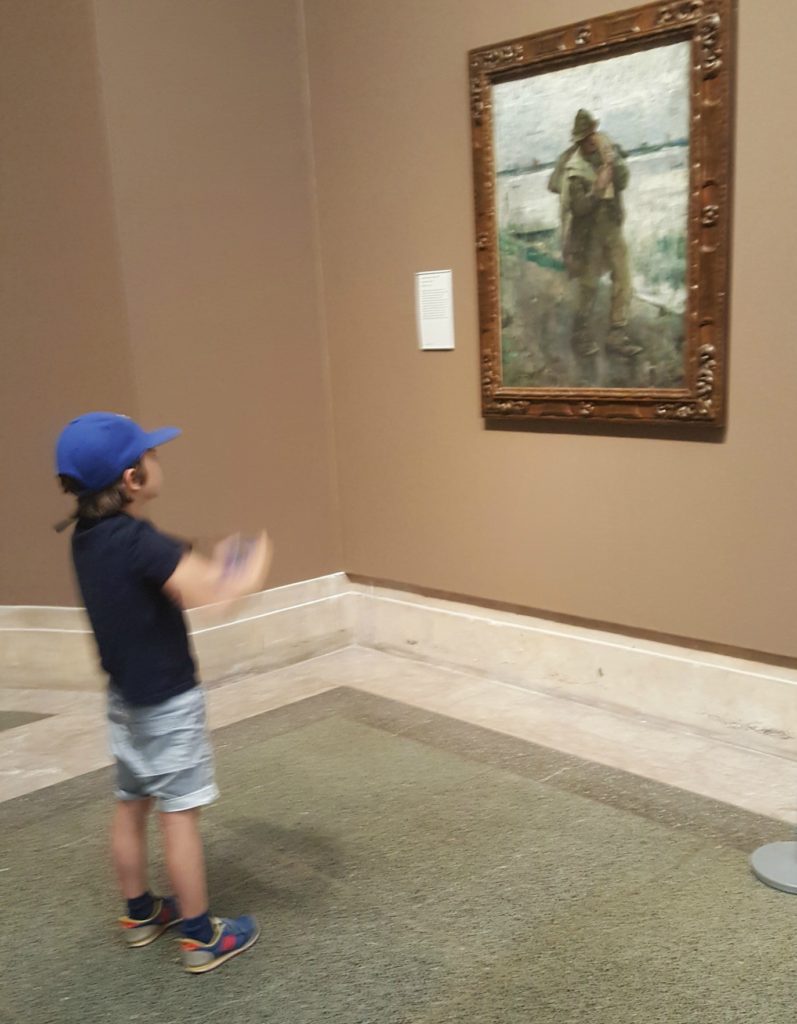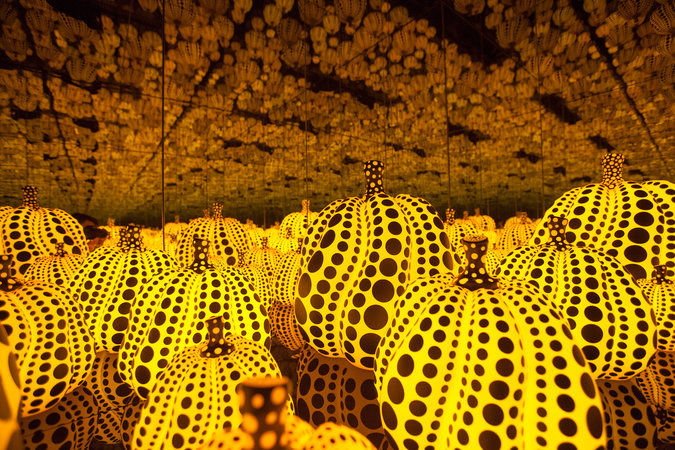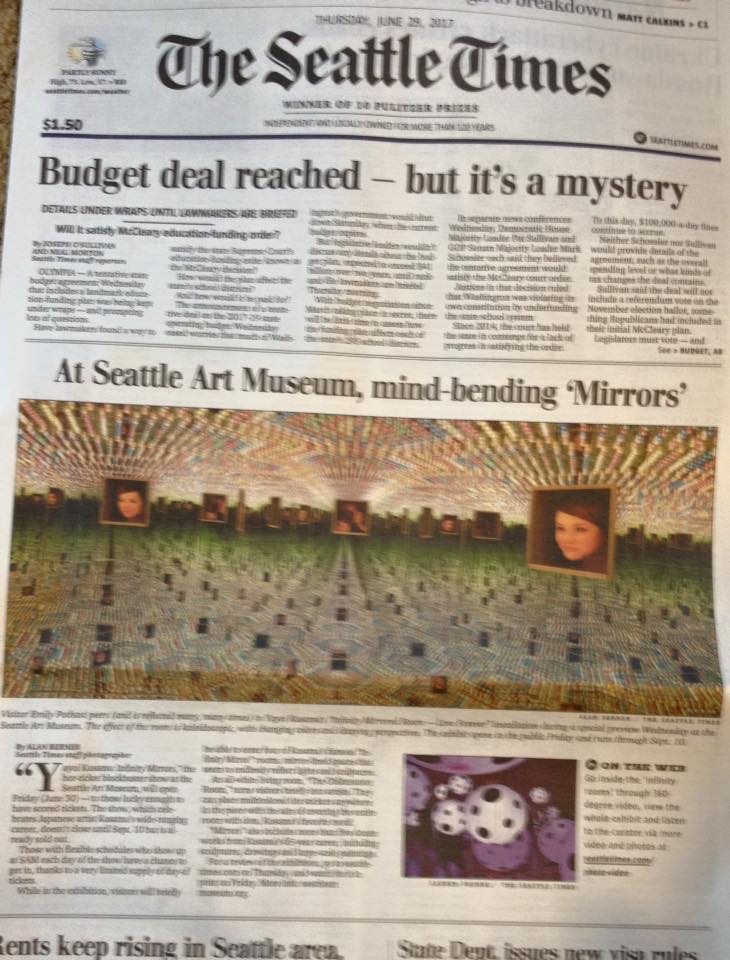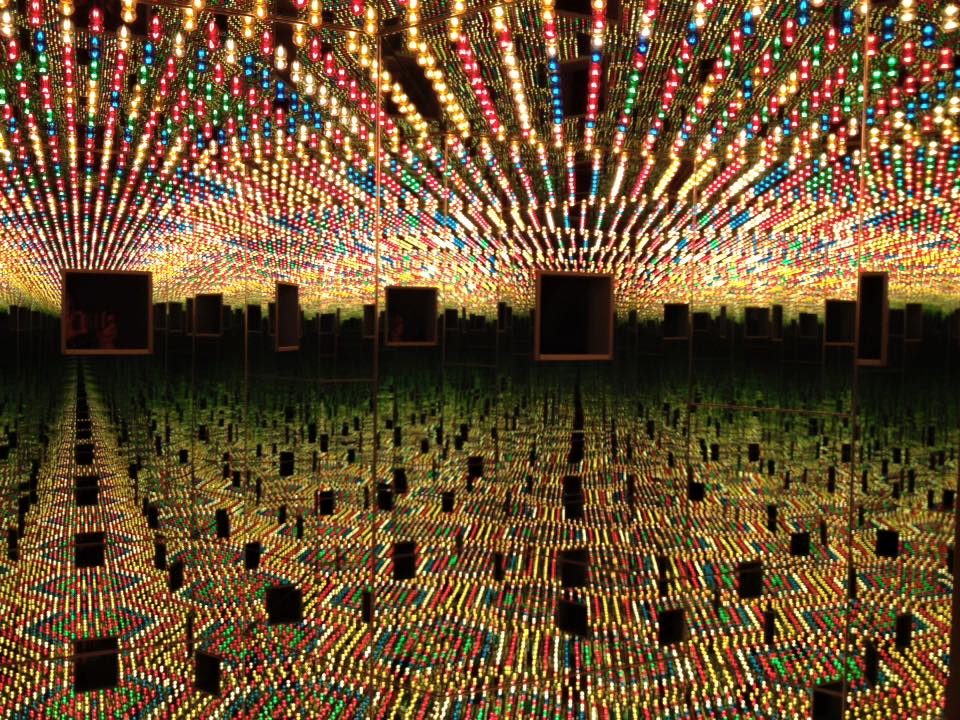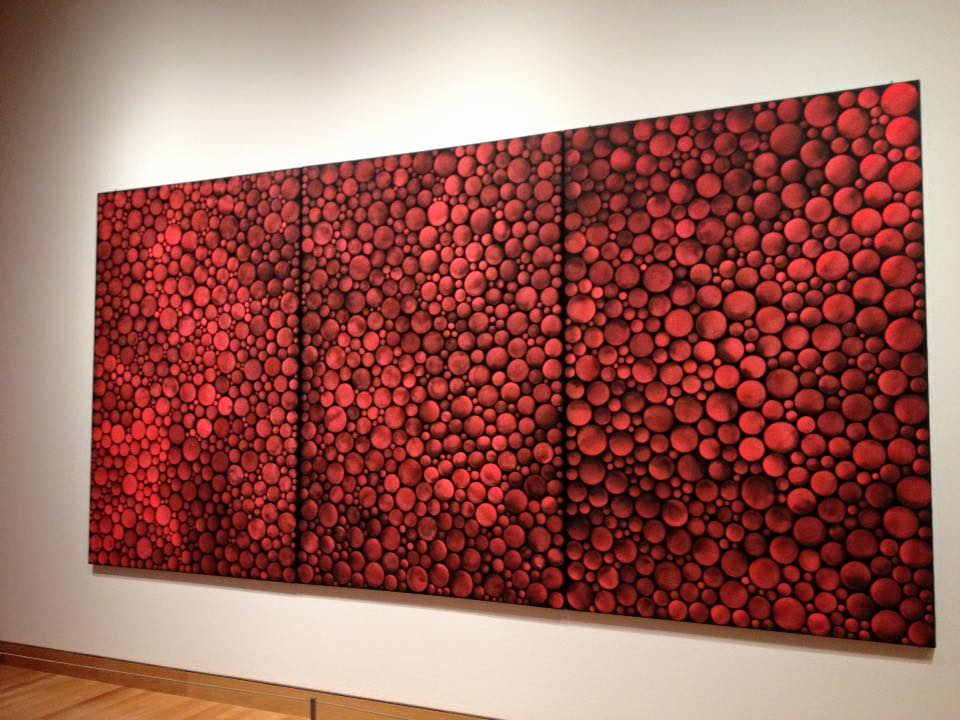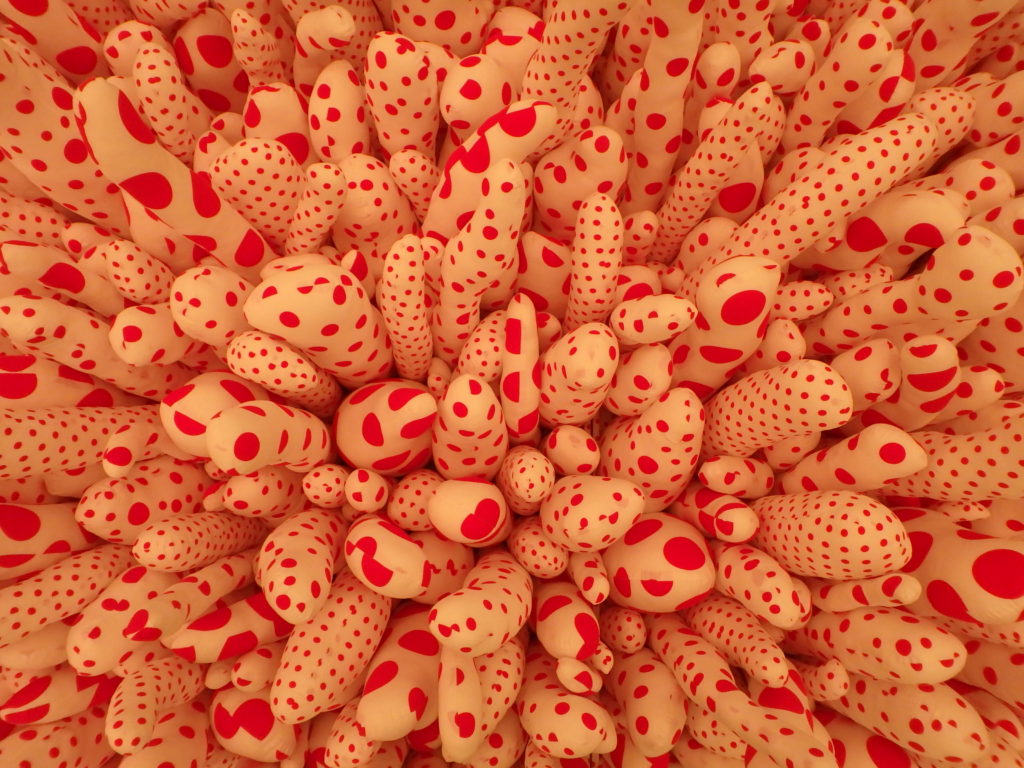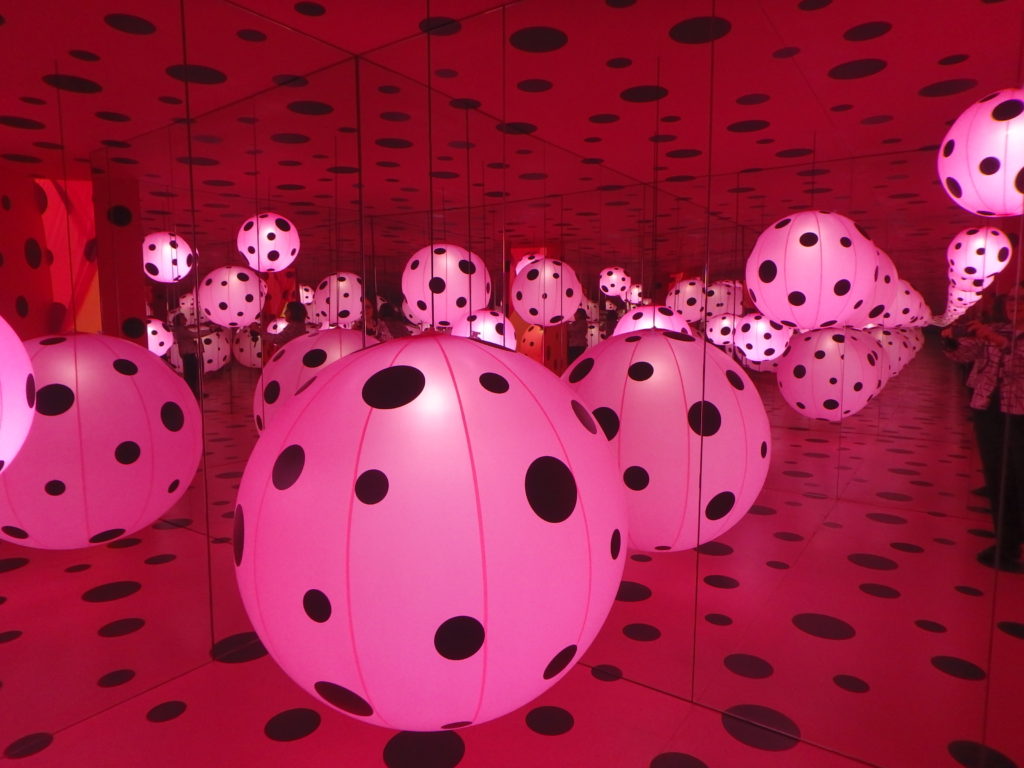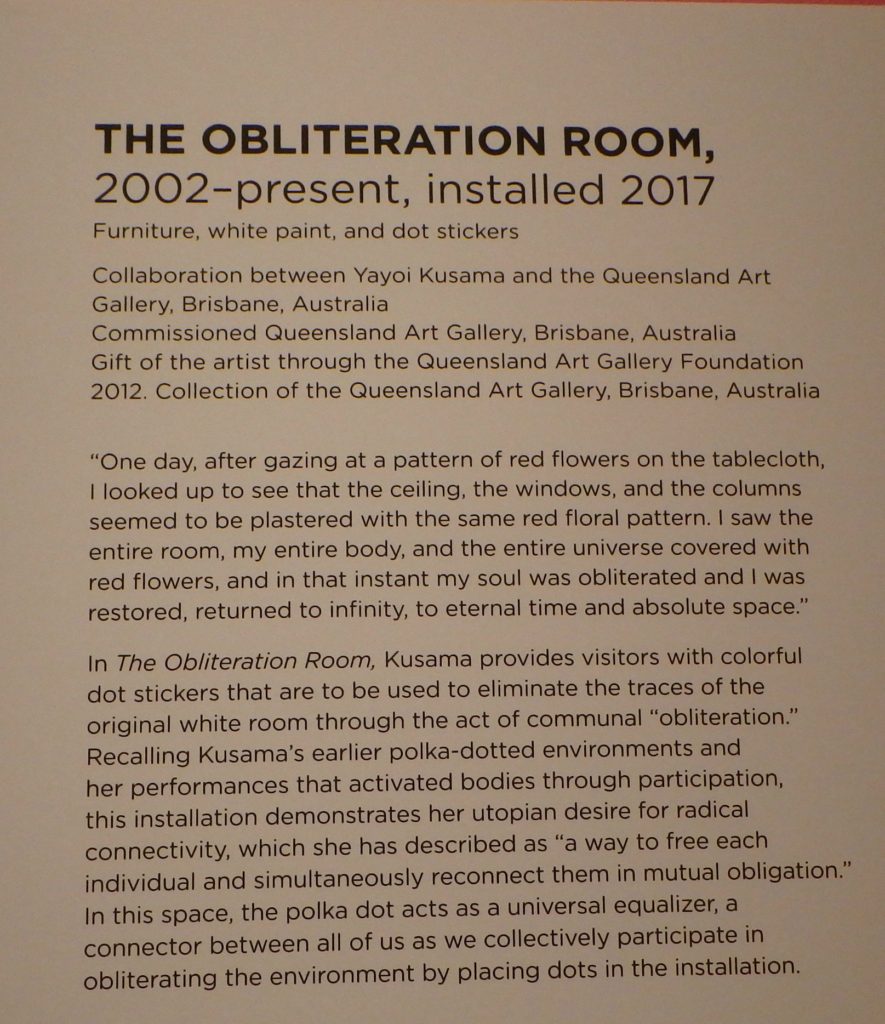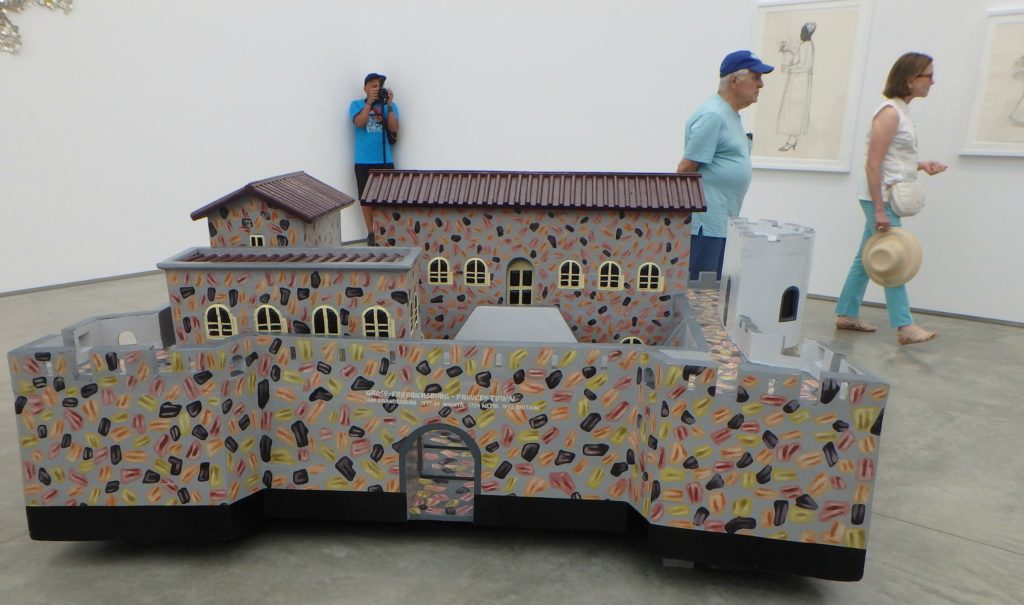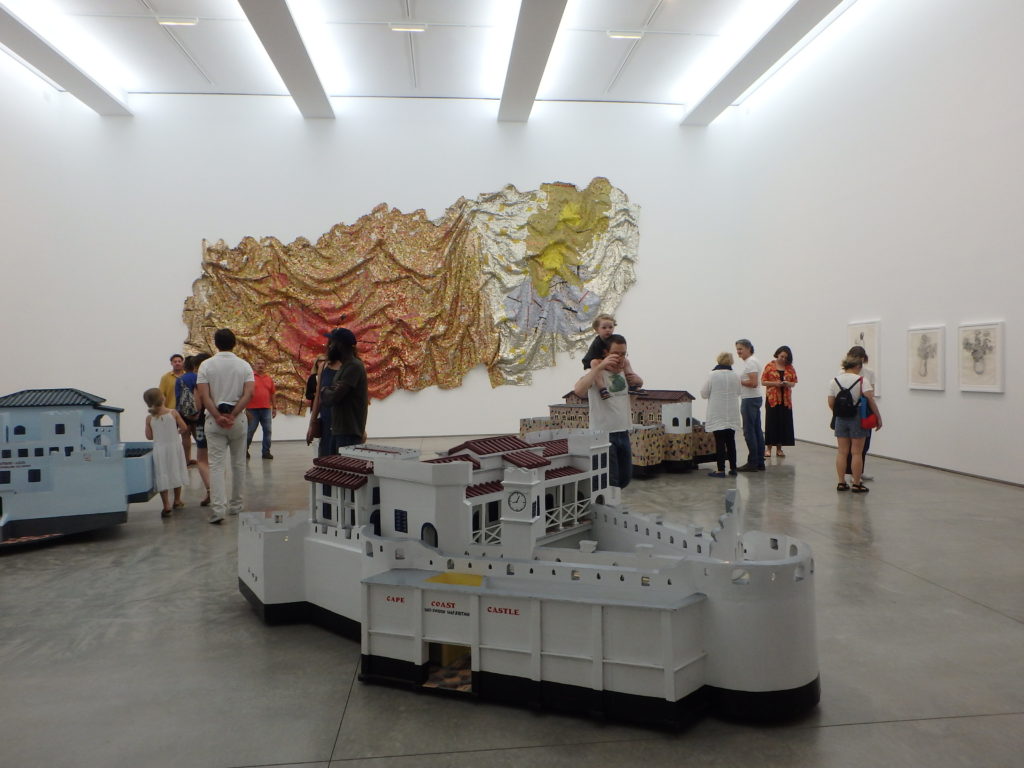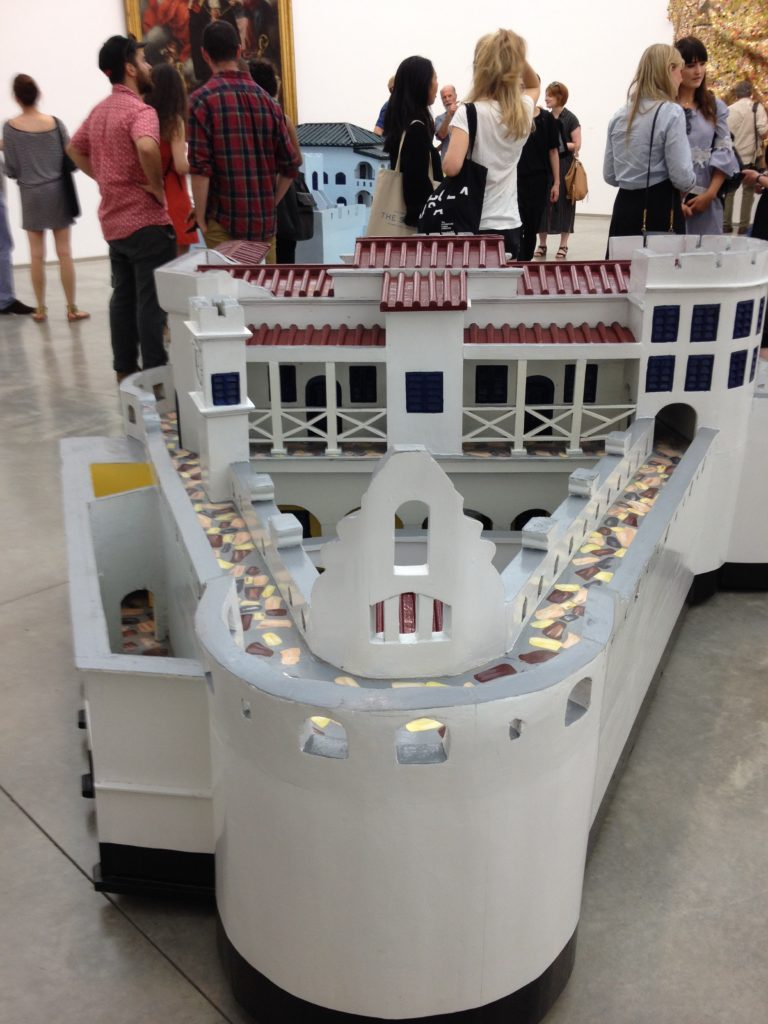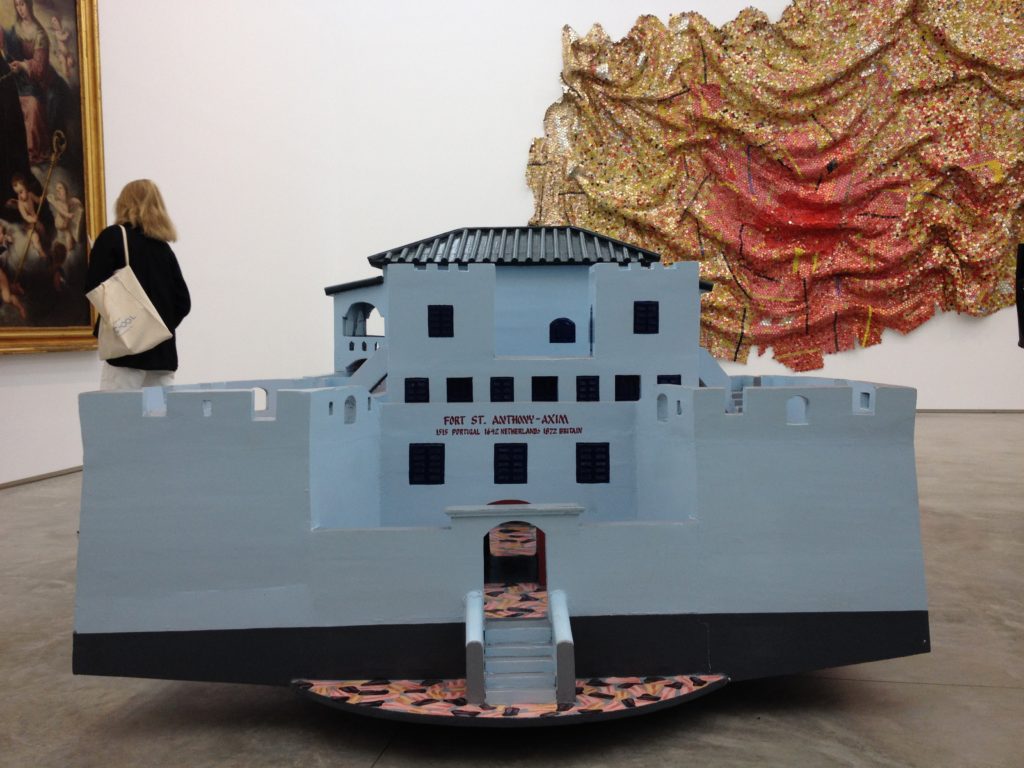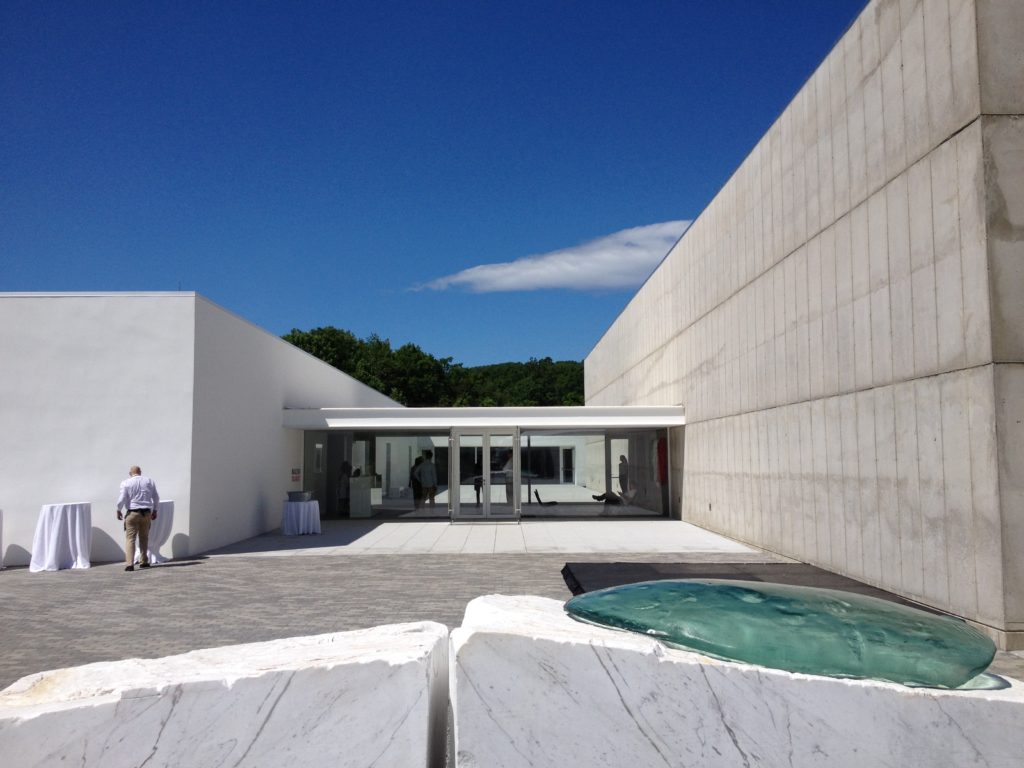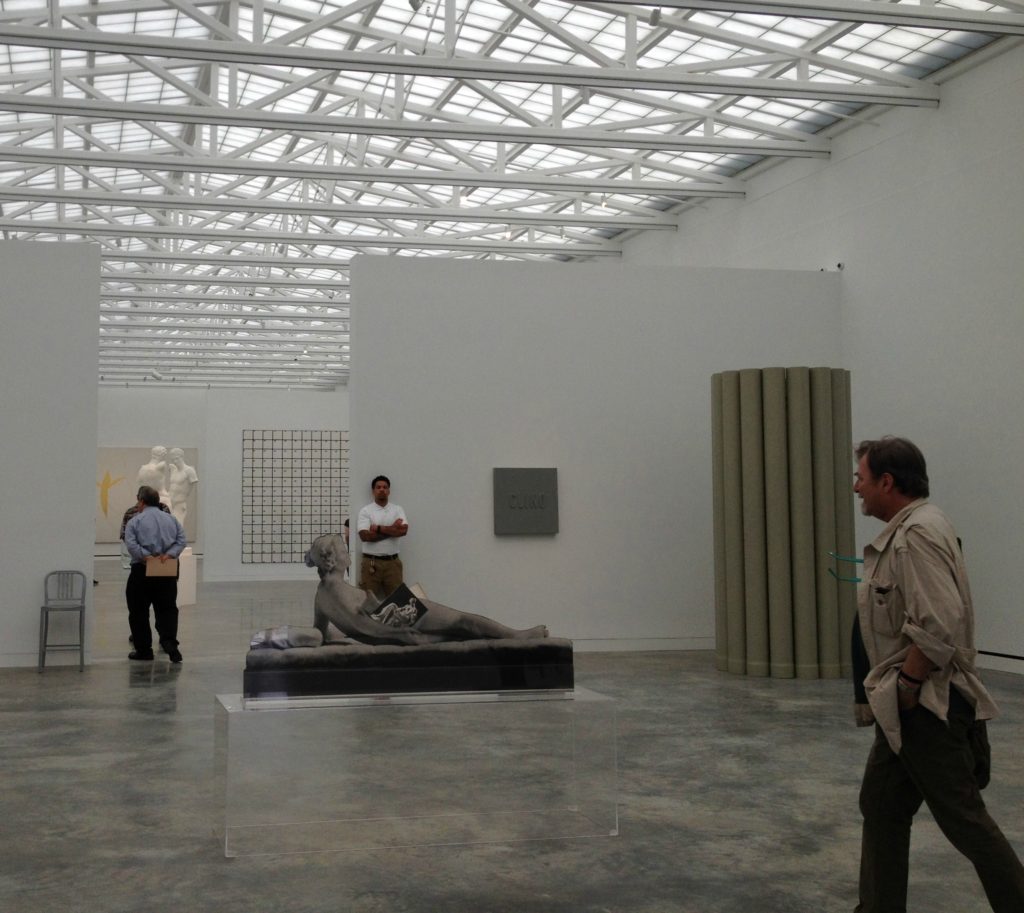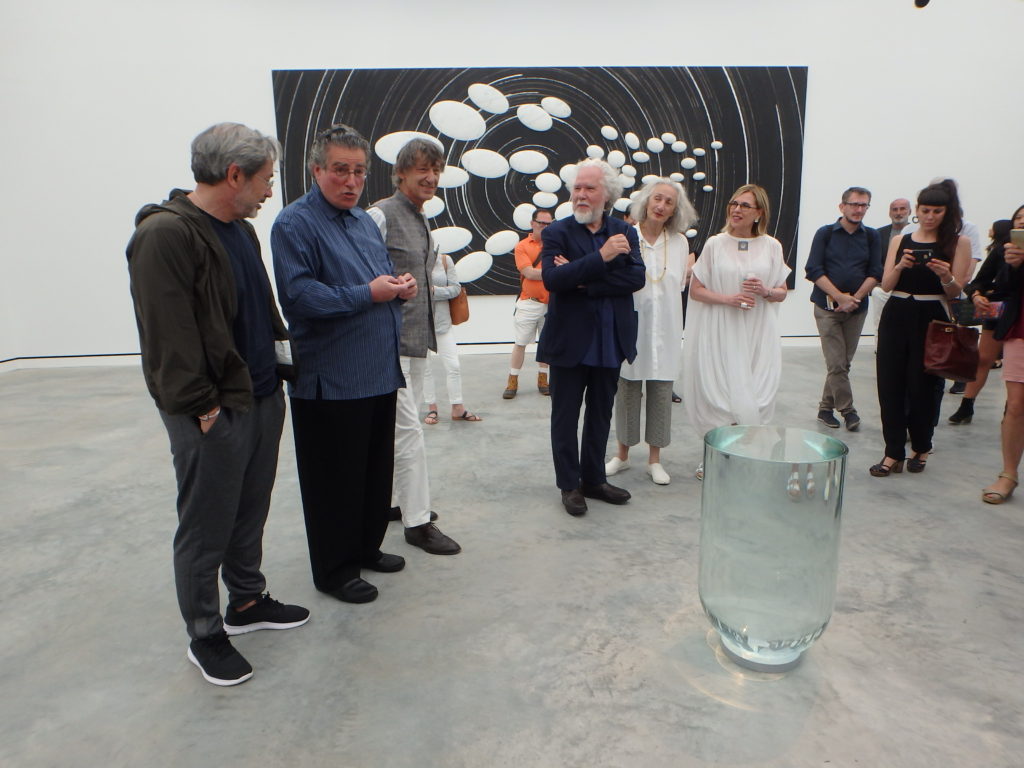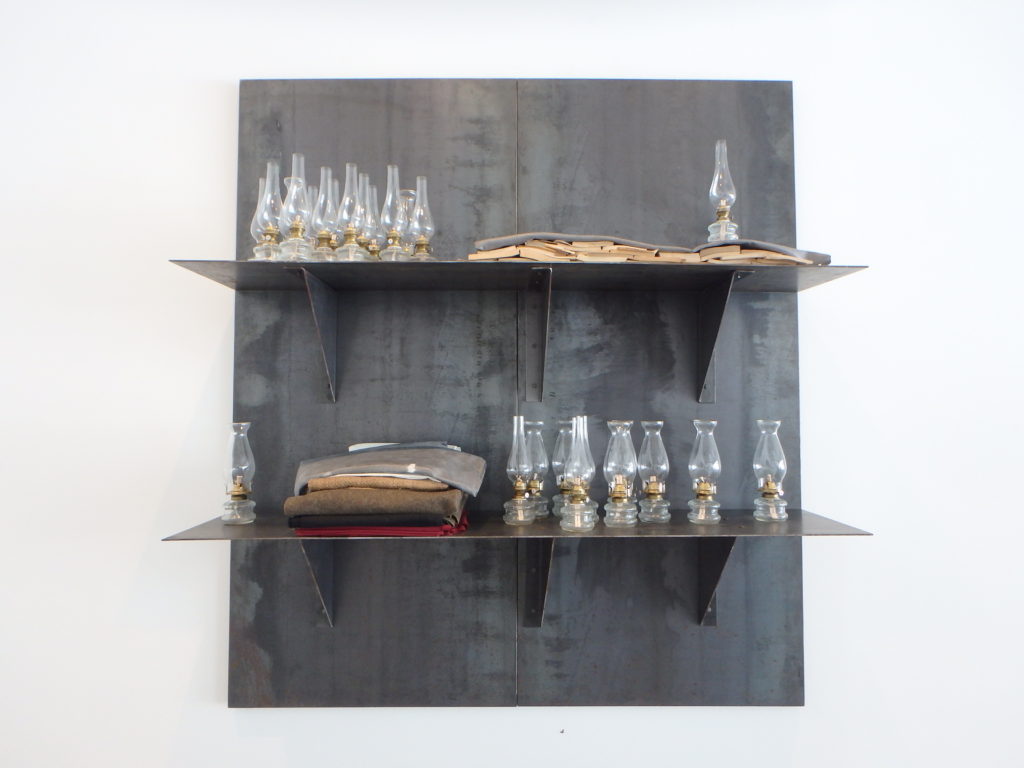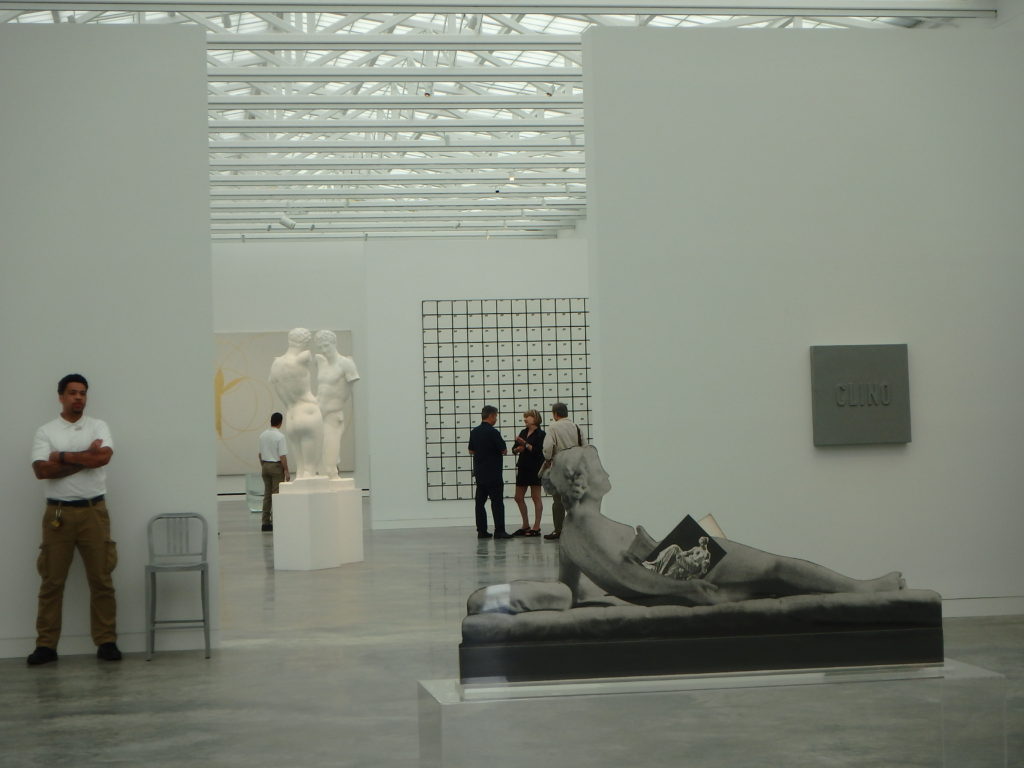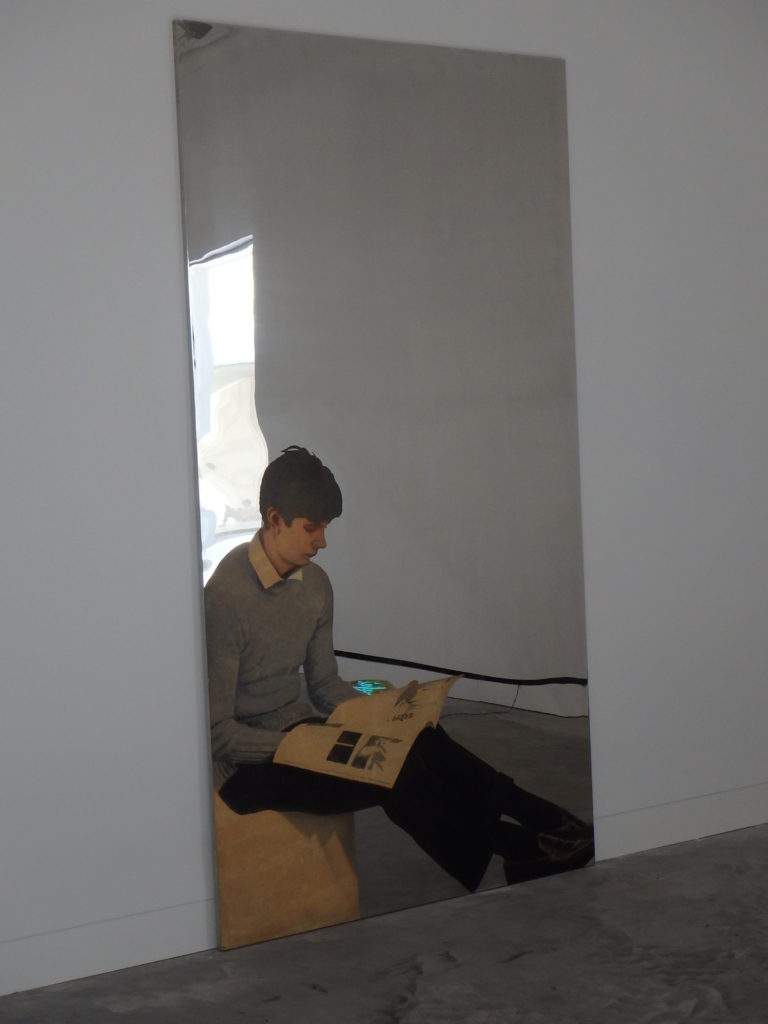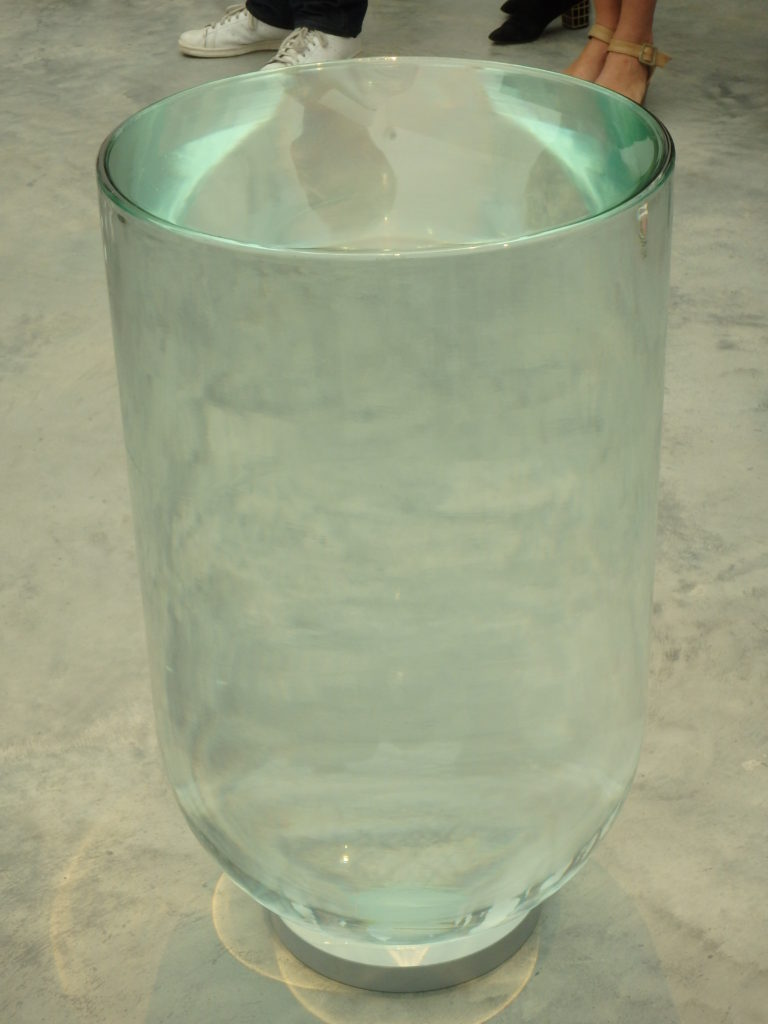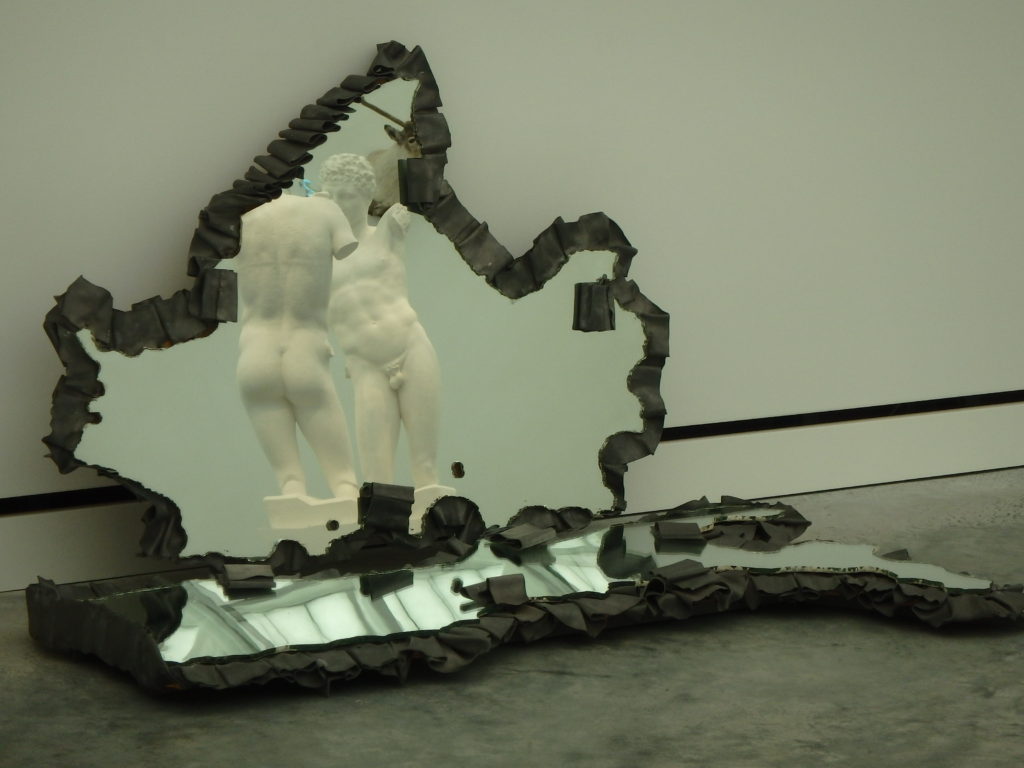It seems to be a trend these days for art museums (and some galleries) to mix and match cultures and, sometimes, time periods. Sometimes, this is about breaking down so-called false hierarchies in art history (I do not believe they are always false), sometimes it’s about appealing to new audiences, and sometimes it’s simply about trying something new and keeping things interesting.
Two come immediately to mind: a few years ago, the Brooklyn Museum devoted a central first-floor gallery to a mix of objects from many departments, meant as an introduction to the museum’s collections. Nice try, but I think it was confusing and a failure. Then there was Unfinished at the Met Breuer–to some a success and to some a failure.
Now the Bode Museum in Berlin is taking advantage of a reshuffling of museum spaces to present Beyond Compare: Art from Africa in the Bode Museum. Â Opening in October, it is one of a few exhibitions organized as dialogues, gathered under the rubric “On the Way to Humboldt Forum.”
From the press release:
For the first time the sculptural traditions of Africa and Europe will come together in a ‘conversation of the continents’ on the Museumsinsel Berlin. Beginning in October 2017 over 70 major works of African sculpture from the Ethnologisches Museum (Ethnological Museum) will go on display in the Bode Museum. Art from western and central Africa meets masterpieces from Byzantium, Italy, and central Europe. Never before have the sculptural traditions of these two continents been compared so extensively.
The Bode plans to make about 20 juxtapositions, some in its permanent galleries and some in a special gallery. They will “address major themes of human experience, such as power, death, beauty, memory, aesthetics, and identity.” For example, a putti by Donatello will be side-by-side with a Benin princess. A Romanesque figure of Christ will be side-by-side with a large Ngil mask from the Fang region of Gabon or Cameroon–“both present awe-inspiring images of judges.” Here are those two–you can see a few more juxtapositions at the link above.
Quoting from the organizers: First. Michael Eissenhauer, Director-General of the Staatliche Museen zu Berlin and Director of the Sculpture Collection and Museum of Byzantine Art:
The preparations for the move to the Humboldt Forum offer us a unique opportunity to place the non-European holdings of the Staatliche Museen in dialogue with other works, reaching across the boundaries that traditionally divide the collections.
And Julien Chapuis, director of the two:
The stimulating interplay between the African sculptures and our own collection not only promises to be a feast for the senses, but will also lead to fundamentally new insights.
I can’t tell, without seeing more, whether this exhibit will be enlightening or a gimmick (here are a few more Bode_Afrika Images). I think you have to be there. But I agree that an opportunity has arisen and shouldn’t be lost.
Photo Credits: © Staatliche Museen zu Berlin, Skulpturensammlung und Museum für Byzantinische Kunst, Antje Voigt

